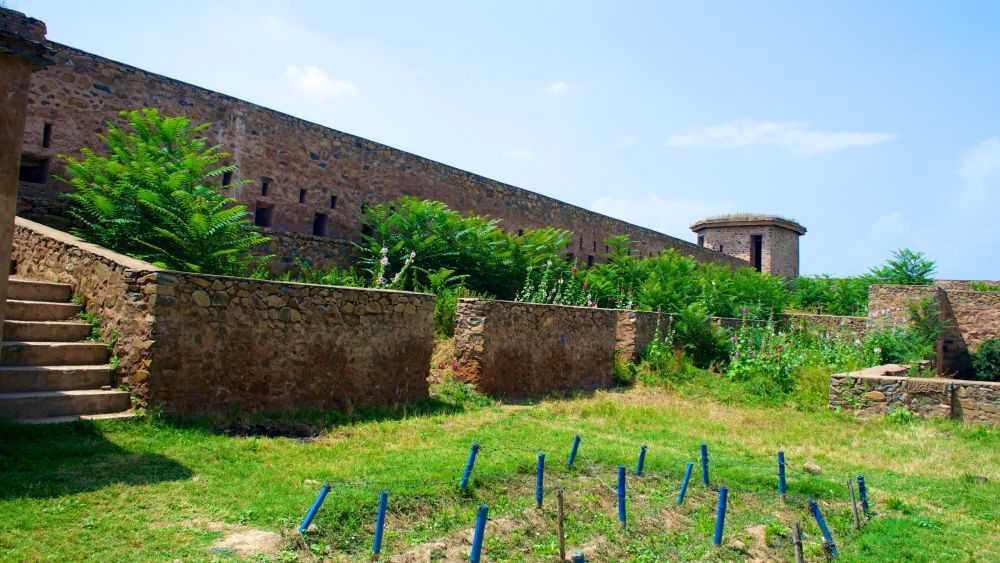

Surrounded by the stunning beauty of the Kashmir valley, Hari Parbat is a hill that is not only entwined with the natural charm of the region but also steeped in rich history. Located in Srinagar, the capital of Kashmir, Hari Parbat is known as Koh-e-Maran to the locals.
The history of tourism related to Hari Parbat is intricately linked to its cultural heritage. This historical place boasts a captivating past, with its origins dating back to the Mughal era. Emperor Akbar in the 18th century envisioned a grand fort on this hill, laying the foundations for what is now known as the Hari Parbat Fort. However, the construction was actually completed during the reign of Afghan Governor Atta Mohammad Khan in the 19th century.
In addition to the fort, the hill is home to various religious structures, including the revered shrine of Sharika Devi, which is considered to be the presiding deity of Srinagar by the Hindu community. The Makhdoom Sahib Shrine, located on the southern slope of the hill, is a highly regarded Islamic holy place.
The Gurdwara Chatti Patshahi, a Sikh place of worship, is also a site of significance found on the hill, marking it as a symbol of the diverse religious and cultural fabric of Kashmir.
In recent times, Hari Parbat has become a significant attraction for tourists who come to admire its historical fort, experience its spiritual essence, and enjoy panoramic views of Srinagar. The hill attracts both domestic and international visitors, serving as a testament to the region's historical pluralism and its resonance with nature.
Eco-tourism and cultural tourism have seen an uptick in the region as travelers are becoming more interested in sustainable practices and immersive experiences that respect the local customs and natural environment. Hari Parbat and its surroundings offer ample opportunities for visitors to engage in these forms of tourism.
Access to Hari Parbat is facilitated through Srinagar, which is well-connected to other parts of India by air and road. The best time to visit is between April and October, when the weather is pleasant and the lush greenery of the valley is at its prime.
As an important cultural and historical site, visitors are encouraged to respect the sacredness of Hari Parbat. Maintaining the sanctity of the place, keeping it clean, and respecting local traditions is of utmost importance and contributes positively to the preservation of this heritage site.
The continued interest in heritage sites like Hari Parbat signifies the importance of preserving such landmarks not only for their historical value but also for their potential to draw tourism that can support local economies and promote cultural exchange.